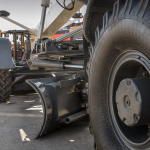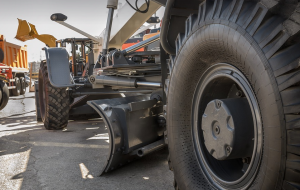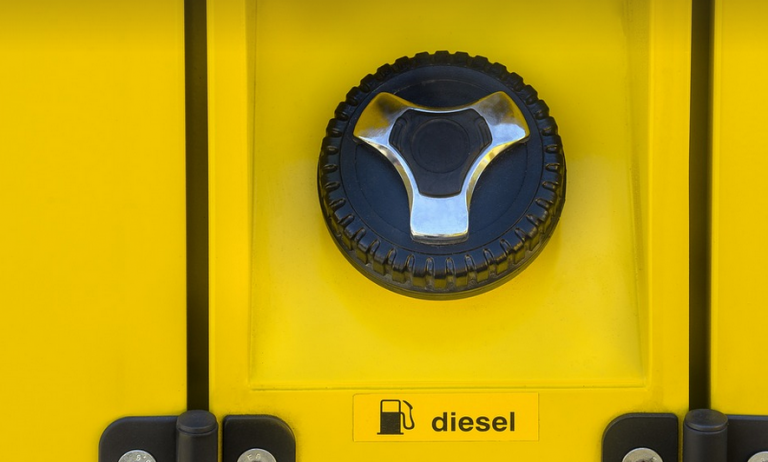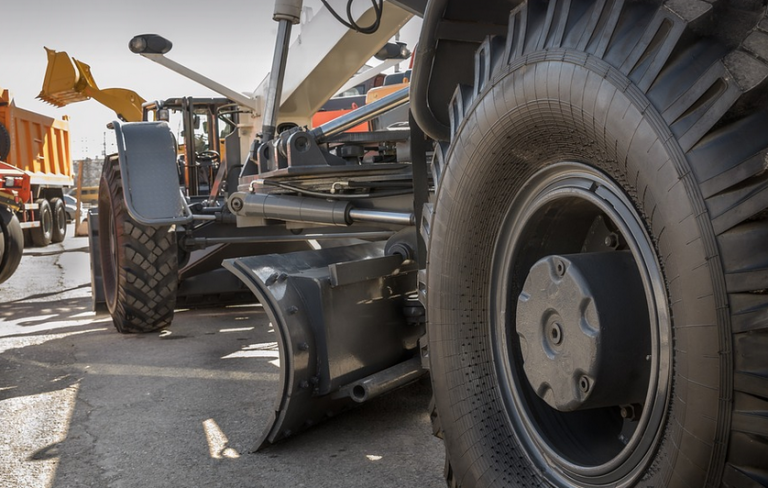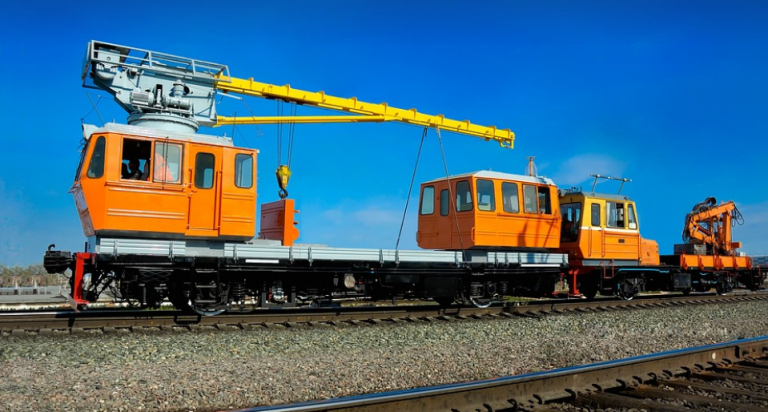A Beginner’s Guide to Welding 14-Gauge Steel
Alright, let’s dive into the world of welding! You’re thinking about tackling some projects using 14-gauge steel? Fantastic choice! It’s a common material for everything from small DIY repairs to building sturdy furniture. But before you jump into the hot zone, understanding the basics is crucial. This guide will walk you through the exciting process of welding 14-gauge steel, covering everything from the essential tools and equipment to safety practices – because we don’t want any sparks getting out of hand!
What Makes 14-Gauge Steel So Special?
You might be wondering why this specific gauge is so popular. Well, it’s all about balance! 14-gauge steel offers a fantastic combination of strength and versatility. It’s sturdy enough to handle heavy loads but lightweight enough for easy handling. Think of it like the Swiss Army knife of metals – versatile enough for various projects.
The 14 gauge refers to its thickness – measuring 0.014 inches. This thickness affects how much material you’re working with and what kind of welding processes are suitable for your project. For instance, thicker steel may require specialized welders like mig or TIG welding, while thinner pieces might be ideal for simple stick welding.
Understanding the gauge helps you choose the right equipment – a thin wire would be better suited for using a MIG welder than a very thick one
The Essential Tools of the Trade
Welding 14-gauge steel is a rewarding experience, but it doesn’t happen without the right tools. Here are some must-haves:
- Shielded Metal Arc Welding (Stick) Welding Machine: The workhorse of the welding world, stick welders provide great versatility and are generally easier to use for beginners.
- Gas Metal Arc Welding (MIG) Welding Machine: This powerful machine delivers excellent penetration and speed. It’s a popular choice amongst those tackling larger projects
- TIG (Tungsten Inert Gas) Welding Machine: For the more advanced welder, TIG offers precision and control for intricate welds. Perfect for metals like aluminum or stainless steel.
Protective Gear – Your Safety Network
Remember, welding is all about fire safety. It’s crucial to protect yourself from sparks and heat, so don’t forget these essential items:
- Welding Helmet/Face Shield: This shield protects your eyes and face from the intense heat and harmful UV rays of welding.
- Leather Gloves: A must-have for safeguarding against burns, sparks, and hot metal.
- Fire Retardant Welding Apron/Coveralls: These protect your body from potential splashes of molten metal or sparks
- Work Boots: Your feet need protection too! Safety-first boots can prevent falls and injuries.
Learning the Basics – It’s All About Technique
Welding isn’t just about pushing buttons on a machine; it’s also about understanding how to control the welding process. Here are some fundamental concepts to master:
1. **The Arc:** This is the heart of the welding process, and it’s created by joining two metal pieces with an electric current. The arc can become a bit more complicated as you delve deeper into welding
2. **Electrodes:** Think of these like your ‘welding glue.’ They carry the electricity to create the arc that melts the metals together. The electrode type varies depending on the metal being welded and the welding process.
3. **Flux:** This is a special metal-containing powder or paste used in MIG, MMA, and TIG welding. It helps protect the weld from moisture and prevents the formation of oxides – basically, it acts as a shield for the weld to ensure the connection lasts longer.
Practice Makes Perfect!
Welding is like learning any new skill; you need practice to get better. Here are some ideas to start your journey:
- **Start with scrap metal:** Even simple projects like re-shaping old brackets or creating welding samples can help hone your skills.
- **Join a welding club:** Many community centers, vocational schools, and online communities offer access to equipment and expert guidance.
Safety First: A Reminder
Welding involves inherent risks, so safety must be your top priority. Keep the following in mind:
- **Clear the Zone:** Ensure there are no flammable materials or potential ignition sources within reach of the welding zone.
- **Ventilation:** Weld in a well-ventilated area. Proper ventilation ensures you don’t inhale fumes from welding processes that can be harmful to your health.
- **Water and Fire Extinguishers:** Keep water and fire extinguishers nearby at all times.
Embark on Your Welding Adventure!
Welding is a rewarding skill that opens up countless possibilities for creating, repairing, and customizing things around your life. Whether you’re aiming to build furniture, repair metal structures, or simply learn a new trade, understanding the basics of welding 14-gauge steel will set you on the right track. Remember to practice consistently, prioritize safety above all else, and embrace the journey as your welding skills grow!



